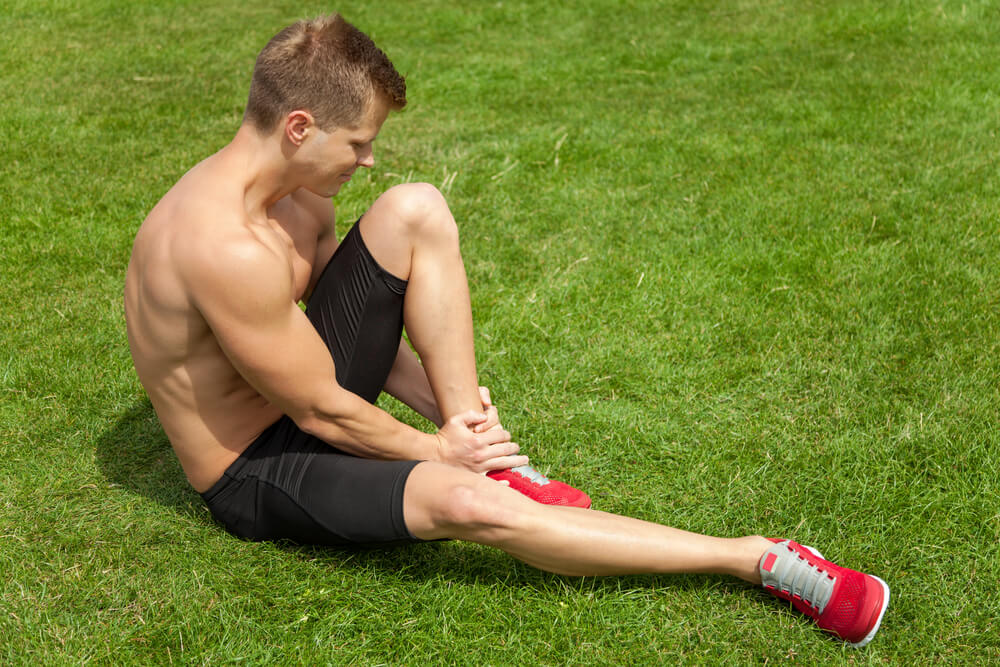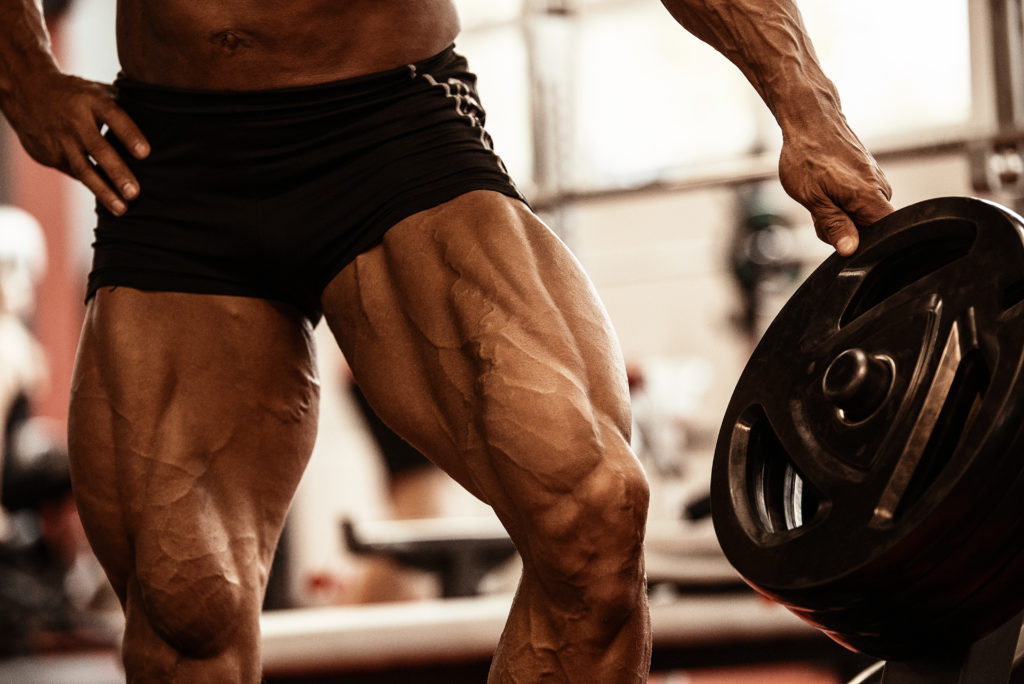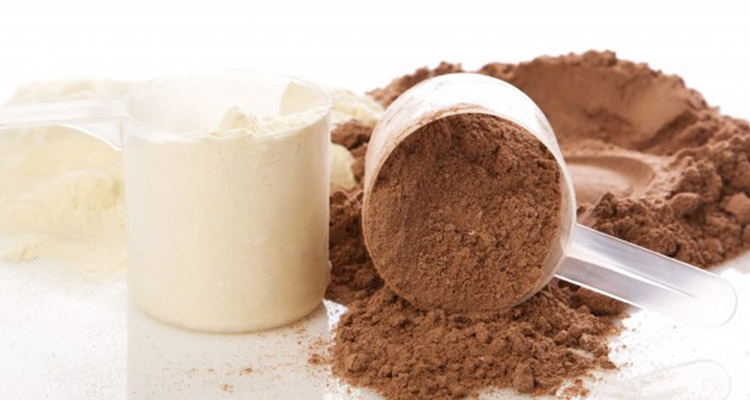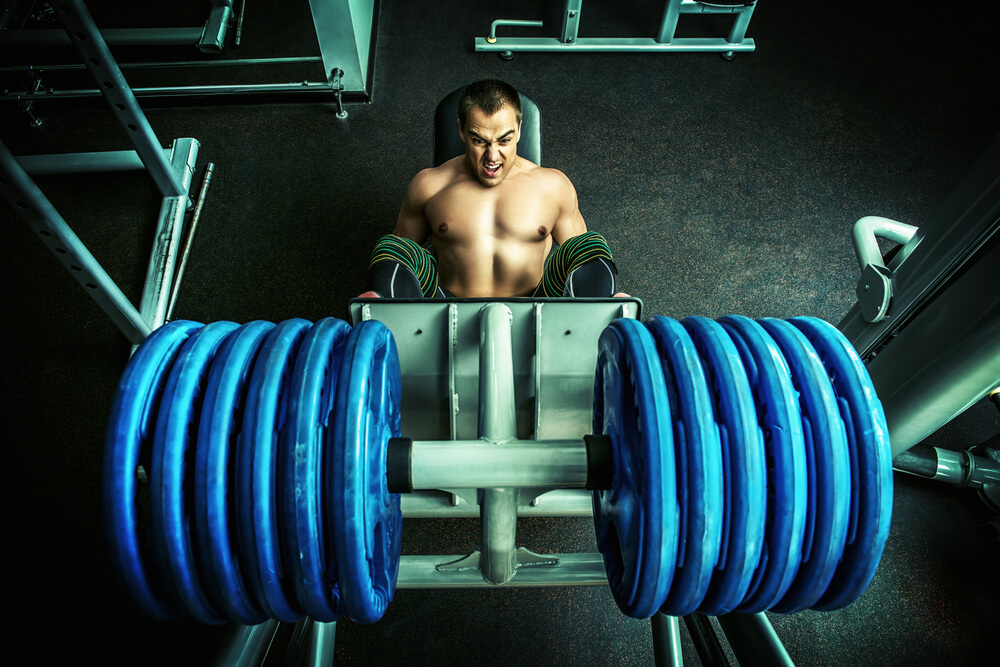Kettlebell exercises can have major contributions to posterior chain health. They are unique because they create a style of movement that stresses mobility and coordination. With these practical benefits, knowing whether to apply them for strength training or endurance training is paramount for achieving peak exercise optimization.
Understanding the Kettlebell
Kettlebells operate in an inverted manner to barbells and dumbbells. While two-hand (bilateral) movements are mostly associated with barbell strength exercises, kettlebells use them to test endurance. On the other side, dumbbells isolate single muscles while single-arm (unilateral) kettlebell exercises test strength. This is because of the anatomy of the kettlebell, its greatest attribute.
They are also unique in shape and weight distribution compared to dumbbells. The weight of a dumbbell is distributed between two points of gravity, found at the ends of each handle. A kettlebell only has one point of gravity, all within the bell. In some cases, a kettlebell may feel heavier because its weight is not split in half by the handle. This explains why kettlebells can test both strength and endurance.
Endurance
Two-handed kettlebell workouts, unlike most bilateral exercises, are best for high-rep sets. These can test your speed and endurance. Since the weight is controlled with two hands on the handle, the resistance is easier on the posterior chain. That does not mean every bilateral exercise is slow and steady. The kettlebell swing activates the fast-twitch muscles in the hips. So more reps are completed in less time.
EMOM (Every Minute, On the Minute) training can optimize high-intensity kettlebell training. This requires a designated amount of reps to be completed at the start of every minute. EMOM is a test for form as well as physical and mental endurance. During the rest period, think about how the form can be improved for the next set in addition to gasping for air. A beginner can practice EMOM with kettlebell swings with 10 reps for 10 minutes.
Strength
Two hands on the handle teaches the body the essential kettlebell movements, but this has its limitations. The speed of these movements can hinder mind-muscle connection. The body is moving so fast that it can be hard to notice what is actually working. One-hand (unilateral) kettlebell exercises give users time to focus on this.
Strength can be tested through these movements for low reps. Despite slowing down, a kettlebell is more difficult to control with only one hand. While one side of the body is trying to maintain control over the weight, the other half is trying to resist twisting, keeping the hips and shoulders square. This calls for more core engagement and grip strength, too. A one-hand kettlebell swing adds onto the bilateral version by testing shoulder and hip stability on one side.
The unilateral movements also open the door for kettlebell flows. Imagine yoga with weights. Connecting movements reflects an understanding of them, showing how seamless one can flow into another. The movements recruit a lot of the same muscles in the posterior chain. An entire workout can be done through flows, working the hamstrings, glutes, lats, shoulders, and core.
Example Flows:
- Swing → Clean → Overhead Press
- Clean → Overhead Press (option to pause at lockout)→ Reverse Lunge
- Swing → Snatch → Windmill
The king of kettlebell flows is the Turkish Getup. This requires communication with the entire posterior chain from top to bottom. No matter how slow the pace gets, everything from the breath to the mind-muscle connections have to be in check. The starting press prepares the shoulder for constant stability. Getting up tests hip mobility through rotations and balance. Once the top lockout is reached, the entire flow has to be reversed. Did I mention the core is engaged too? For these reasons, the Turkish Getup is a popular finisher for any workout.
If you are advanced in kettlebells, practicing the movements with dual-grips can further test strength. This involves executing the single-hand movements with two kettlebells simultaneously. It adds more focus on balancing the body and coordinating each side to be at an even pace with every movement.
Which One?
It’s not a matter of which grip to choose for a kettlebell workout: both are necessary. The two-hand grip lays the foundation for one-handed movements. Meanwhile, the single-hand grip can make the two-handed movements faster. A well-rounded kettlebell routine contains both strength and endurance. They can be practiced on the same day or separated in a weekly split. One day can involve practicing the single-hand exercises while another can focus on two-hand movements. That’s why the kettlebells are special: they can be used to anyone’s liking.
Gym2k.com Articles






Leave a Reply
You must be logged in to post a comment.